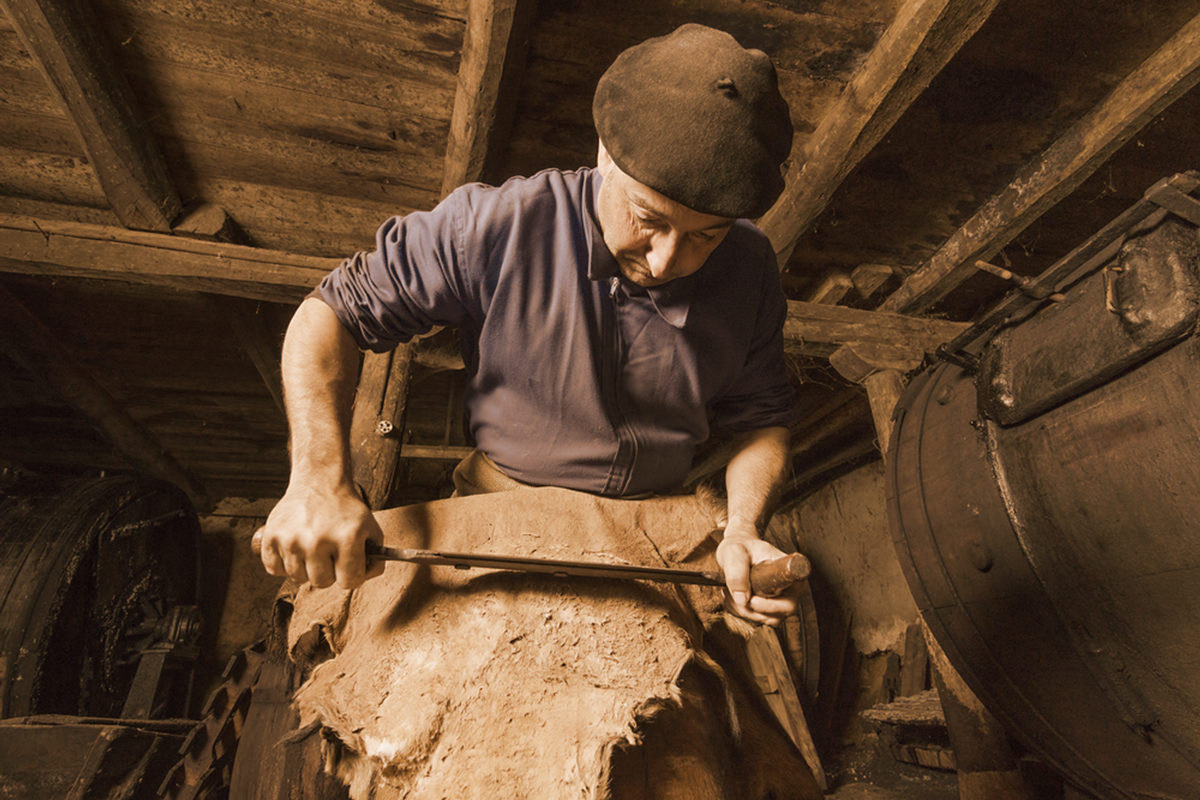Introduction
Leather chemicals play a crucial role in the tanning and finishing processes of leather, influencing its quality, appearance, and durability. In this blog post, we’ll explore the various types of leather chemicals, their functions, and their importance in the leather industry.
Types of Leather Chemicals
- Tanning Chemicals:
- Vegetable Tannins: Derived from plant materials, these tannins create a natural and durable leather.
- Mineral Tannins: Obtained from minerals like chromium, these tannins offer strength and durability.
- Synthetic Tannins: Man-made tannins that provide specific properties like colorfastness and water resistance.
- Finishing Chemicals:
- Pigments: Used to color leather and create various shades and effects.
- Fillers: Added to improve fullness, body, and uniformity.
- Lubricants: Enhance softness, flexibility, and handleability.
- Resins: Provide protection against moisture and abrasion.
- Softeners: Increase the softness and suppleness of leather.
- Auxiliary Chemicals:
- Wetting Agents: Improve the penetration of tanning and finishing chemicals.
- Retanning Agents: Used to modify the properties of the leather.
- Degreasing Agents: Remove natural fats and oils from the leather.
- Neutralizing Agents: Adjust the pH level of the leather.
- Preservatives: Protect the leather from mold and mildew.
The Role of Leather Chemicals
Leather chemicals are essential for transforming raw hides into finished leather products. They influence the leather’s:
- Appearance: Color, texture, and finish.
- Durability: Strength, resistance to wear and tear, and water resistance.
- Handfeel: Softness, flexibility, and comfort.
- Environmental Impact: The choice of chemicals can affect the environmental footprint of the leather production process.
Choosing the Right Leather Chemicals
Selecting the appropriate leather chemicals depends on factors such as the desired properties of the finished leather, the type of leather, and environmental considerations. It’s important to consult with experts or conduct thorough research to ensure the correct choice of chemicals.
Conclusion
Leather chemicals are an integral part of the leather manufacturing process, influencing the quality, appearance, and performance of leather products. By understanding the different types of leather chemicals and their functions, manufacturers can make informed decisions to produce high-quality and sustainable leather goods.
